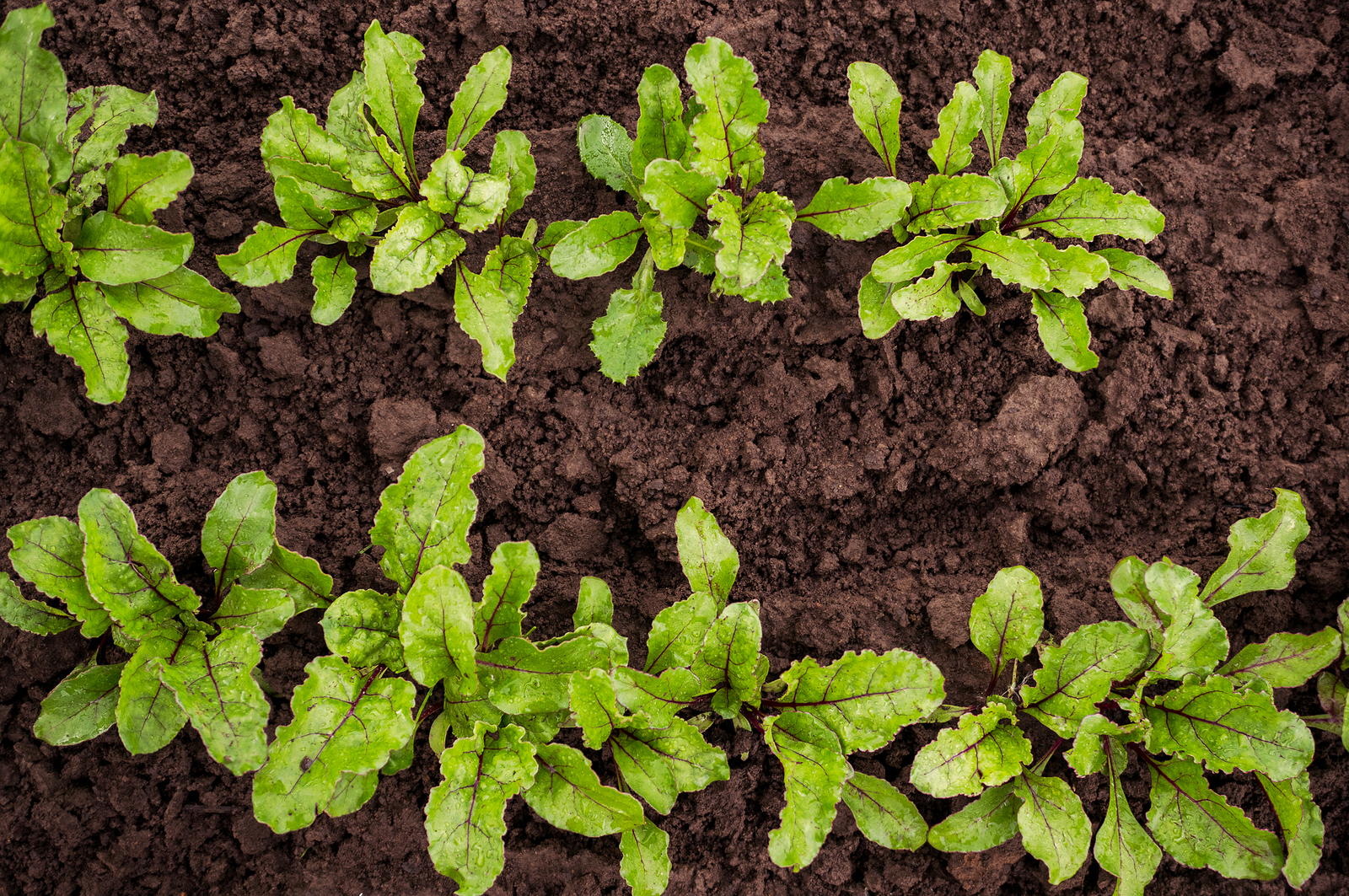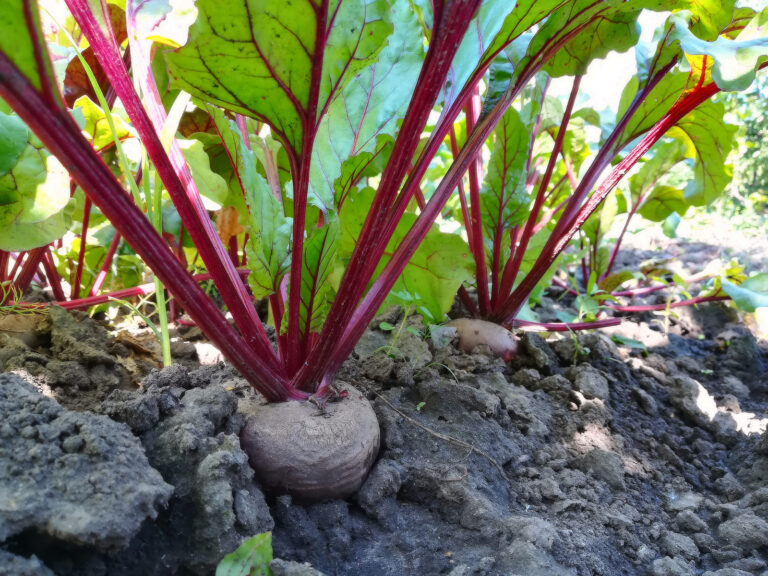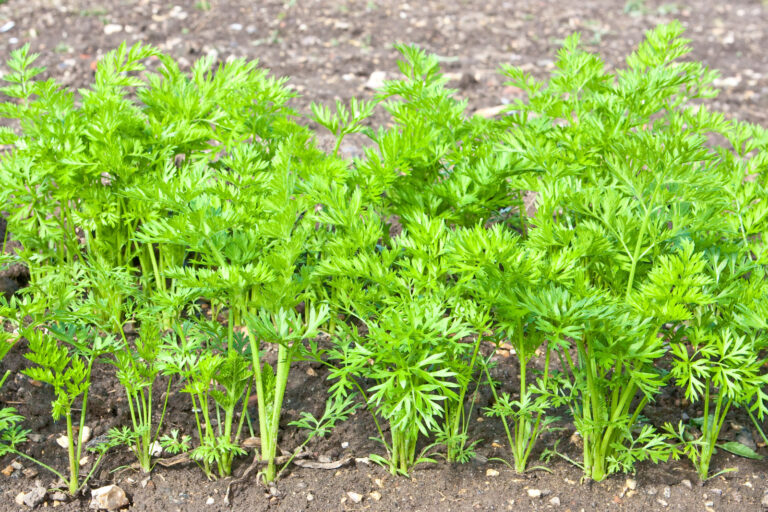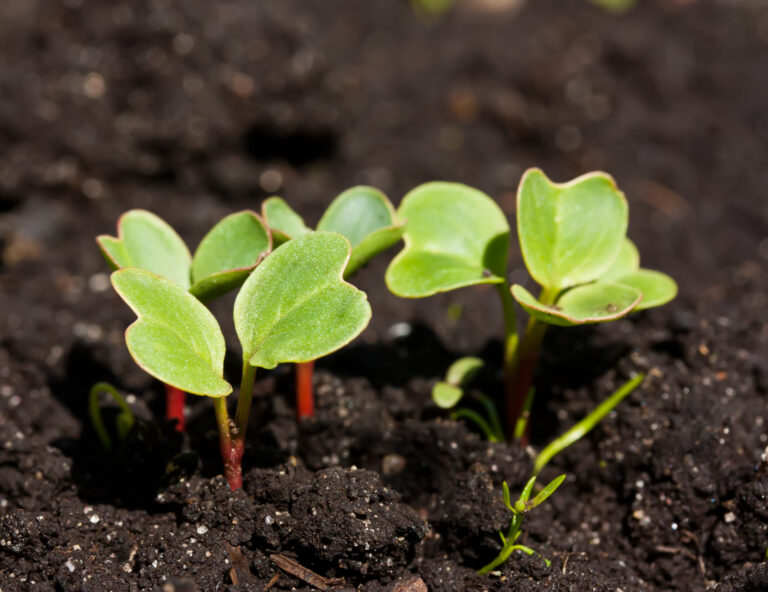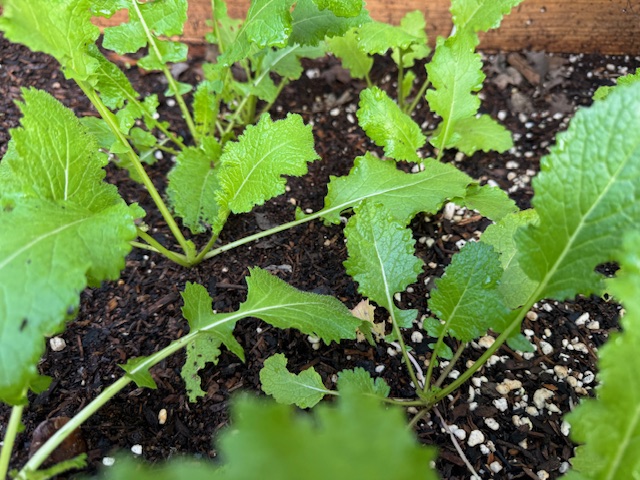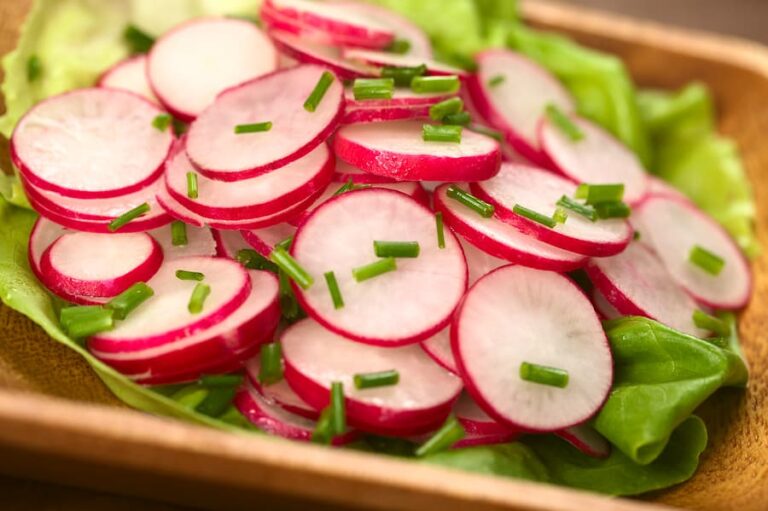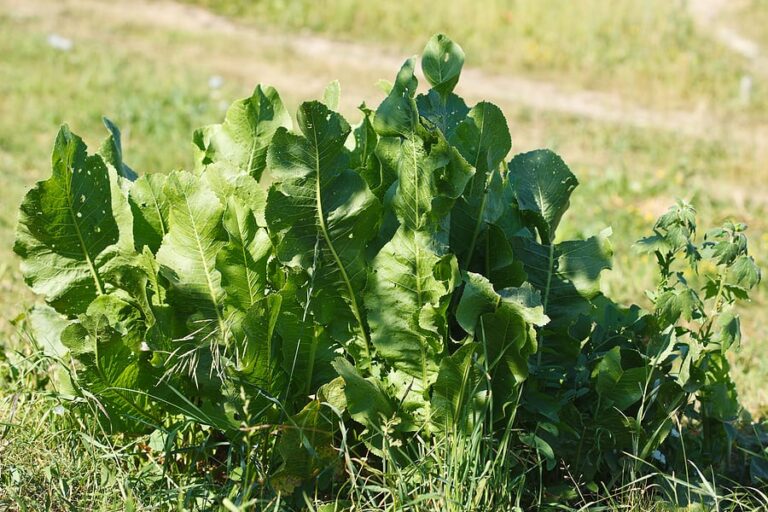Thinning and Spacing Beets for Better Roots
Proper thinning and spacing are essential steps for growing healthy, tender beets with smooth, well-formed roots. In my 30+ years of gardening experience in California’s Central Valley and Sonoma Valley, I’ve found that giving beet seedlings enough room early on makes a big difference in yield and flavor.
Why Thinning and Spacing Matter
Beet seeds are sown closely together because not all will germinate. Once seedlings sprout, they compete for light, water, and nutrients if left crowded, resulting in:
- Small, misshapen, or forked roots
- Reduced overall yield
- Weaker plants more prone to disease
Thinning means removing excess seedlings to ensure adequate space for remaining plants to thrive.
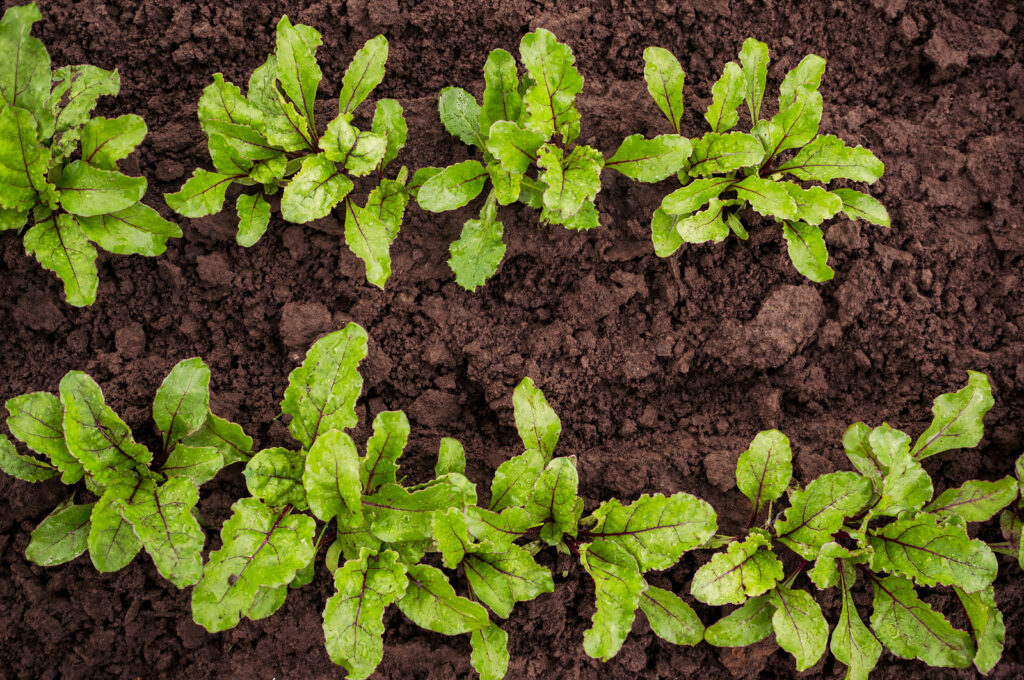
When and How to Thin Beets
Timing
Thin seedlings when they have 2–3 true leaves, usually 3–4 weeks after planting.
How to Thin
- Use scissors or pinch seedlings at soil level to avoid disturbing roots of nearby plants.
- Remove the weakest or smallest seedlings first.
- Don’t pull seedlings roughly, as this can damage roots.
Ideal Spacing for Beets
- Between plants: Thin to 3–4 inches apart for full-sized roots.
- Between rows: Space rows 12–18 inches apart.
- For baby beets: Space plants 1.5–2 inches apart if growing for tender baby roots and greens.
My Experience and Tips
I prefer planting beets in raised beds spaced in 12-inch rows. After thinning to 3–4 inches apart, I monitor plants weekly, removing any that look crowded. This practice has consistently produced larger, sweeter beets with fewer deformities. For container gardens, I thin aggressively to avoid overcrowding in limited space.
If you want a continuous harvest, sow seeds every 2–3 weeks and thin each batch promptly for the best results.
Beets Growing Hub
Start here: Ultimate Guide to Growing Beets from Seed to Harvest
1. Getting Started (Timing, Planting, Varieties)
- When to Plant Beets: Timing by Season and Region
- Beets Seed Starting Tips
- Thinning and Spacing Beets for Better Roots
- Beet Varieties for Small Spaces and Containers
- Best Beet Varieties for Sweet Flavor and Tender Texture
2. Growing & Care
- Best Companion Plants for Beets (And What to Avoid)
- How to Fertilize Beets for Root and Leaf Growth
- How Much Water Do Beets Need? A Watering Guide
- How to Grow Beets in Raised Beds and Containers
- Growing Beets in Hot Weather: Challenges and Solutions
- Succession Planting Beets for a Continuous Harvest
3. Problems & Troubleshooting
- Why Are My Beets Not Forming Roots? Common Growing Problems Solved
- Beets and Swiss Chard Growing Problems: Troubleshooting
4. Harvest, Storage & Kitchen Use
- How and When to Harvest Beets for Best Flavor
- How to Harvest and Store Beets
- Seven Ways to Cook and Serve Beets

